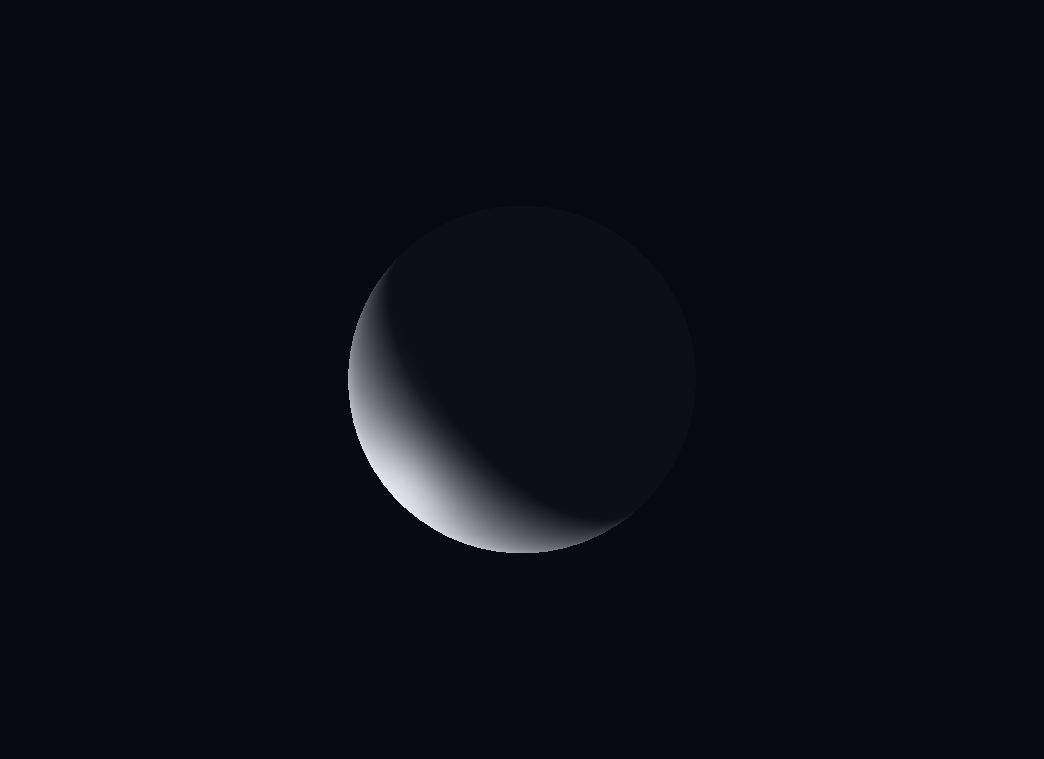Venus Shines at Its Most Brilliant This Week: How to See It

Venus will perform a balancing act this week.
Normally Venus, like most objects in space, gets fainter as it gets farther away from Earth. However, as Venus moves around the sun, it is lit from different angles, and this also affects its brightness.
This week, the planet's distance from Earth and its angle to the sun combine so that Venus shows more of its reflective surface than at any other point in the sun's orbit, causing the planet to shine at its very brightest. Unfortunately, observers can only see Venus at its brightest by getting up early in the morning. Its current location just west of the sun makes it a "morning star" rising two hours before the sun. [See amazing night sky photos taken by stargazers in February 2014]
Astronomers use a strange scale to describe the brightness of objects in the sky. This derives from a scale of star brightness first established by Claudius Ptolemy in the 2nd century.
Ptolemy declared the 20 brightest stars in the sky to be "of the first magnitude," and the faintest stars he could see to be "of the sixth magnitude." Once he established these two end points for his scale, he could assign the stars of intervening brightness to the various steps on the scale.
Why six levels of brightness? No one will ever know, but he was probably influenced by ancient astronomers who found six a much more mathematically friendly number than ten.
In 1856, British astronomer Norman Robert Pogson attempted to apply modern mathematics to Ptolemy’s scale. He noticed that first magnitude stars were almost exactly 100 times brighter than sixth magnitude stars, and used that to establish a logarithmic relationship between star brightnesses. The main problem was what to do with objects that were brighter than first magnitude. Pogson extended the scale "upwards" from 1st magnitude to 0 magnitude, minus 1 magnitude, and beyond.
Get the Space.com Newsletter
Breaking space news, the latest updates on rocket launches, skywatching events and more!
On Pogson’s scale the brightest star, Sirius, comes in at magnitude minus 1.44, the full moon at minus 12.7, and the sun at minus 26.75.
Venus at its faintest is magnitude minus 3.8. This week it peaks at minus 4.9.
How bright is magnitude minus 4.9? It is 3.5 magnitudes brighter than Sirius, which works out to 25 times brighter. This is bright enough to cast shadows on a dark night.
It used to be said that Venus was the brightest object in the sky other than the sun and moon, but that is no longer true. The International Space Station, with its huge solar panels, now outshines Venus by a comfortable margin.
Editor's note: If you have an amazing skywatching photo you'd like to share for a possible story or image gallery, please contact managing editor Tariq Malik at spacephotos@space.com.
This article was provided to SPACE.com by Simulation Curriculum, the leader in space science curriculum solutions and the makers of Starry Night and SkySafari. Follow Starry Night on Twitter @StarryNightEdu. Follow us @Spacedotcom, Facebook and Google+. Original article on Space.com.
Join our Space Forums to keep talking space on the latest missions, night sky and more! And if you have a news tip, correction or comment, let us know at: community@space.com.

Geoff Gaherty was Space.com's Night Sky columnist and in partnership with Starry Night software and a dedicated amateur astronomer who sought to share the wonders of the night sky with the world. Based in Canada, Geoff studied mathematics and physics at McGill University and earned a Ph.D. in anthropology from the University of Toronto, all while pursuing a passion for the night sky and serving as an astronomy communicator. He credited a partial solar eclipse observed in 1946 (at age 5) and his 1957 sighting of the Comet Arend-Roland as a teenager for sparking his interest in amateur astronomy. In 2008, Geoff won the Chant Medal from the Royal Astronomical Society of Canada, an award given to a Canadian amateur astronomer in recognition of their lifetime achievements. Sadly, Geoff passed away July 7, 2016 due to complications from a kidney transplant, but his legacy continues at Starry Night.

